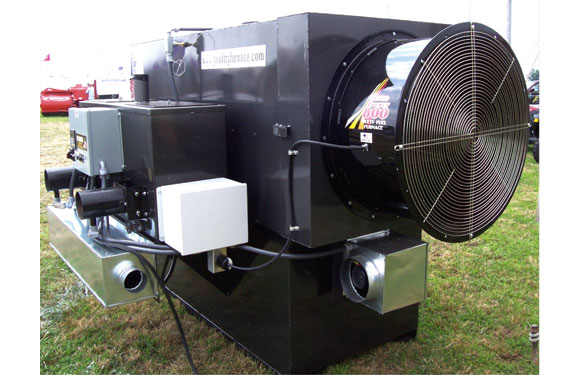The renewable material that is derived from the animal or plant be it is living or dead is known as biomass. It is a general notion that whenever one refers to biomass, they think about plant material, whereas animal material can be used as well. With a biomass system, biomass energy can be produced by undertaking various procedures. The production methods however vary from each other and let us have a look on the most used methods:
Stoves and Boilers
Biomass is used by stoves as the biomass is burnt in an enclosed room. Heat is provided to that room where stoves stand. Boilers on the other hand, pump the heated water to the buildings or rooms and therefore provide heat to many other rooms. For supply of hot water, boilers can be used too. The stoves and boilers however vary and can be found in various types. In general, the log stoves and log broilers is a combination that is used most frequently.
Wood is available easily to anyone and hence this popularity. Pellet stove and the pellet boiler can be used too. There are many different pellets from many types of biomass like straw, miscanthus, cotton waste etc. and hence this method is an efficient one. These boilers come in smaller size if compared to the chip boilers and they come with power capabilities like 15 KW. Certain chip boilers can use wooden chips too for the process. For large and medium scale usage, these are most suitable.
If you are looking for district heating, you can go with the centralized boilers as they can heat up numerous buildings at once. At times, Combined hit and power or which is simply known as CHP is used, where heat and electricity are generated simultaneously.

Anaerobic Digestion (AD)
There is another biomass system known as Anaerobic Digestion of AD. In this method, biogas containing methane is obtained from breakdown of bacteria where any amount of air is absent. Then for energization purpose, that methane is burned down and electricity and heat is obtained. During the burning procedure, solid residues come out as by-products and those can be used as fertilizer. AD can take place in two basic processes, the slower mesophilic digestion that takes place at temperature ranges of 20-400c or the faster thermophilic digestion that occurs at temperature ranges of 50-600c.
Conversion Technologies
This is a modern technique as suggested by the name. Here biomass material is used to produce energy and thermal or chemical conversion methods are used. Chemical conversions use certain chemical processes which help to convert the biomass material into energy, and then may take the form of composting or fermentation. You can find this guide biomass system types and working steps with pictures. Other chemical processes can also be used to convert waste vegetable oils into biodiesel. On the other hand in the thermal processes, heat is used to convert the biomass material and can take the form of combustion, pyrolymas or gasification.
In general, biomass systems are environment friendly and can generate energy for various industrial or domestic usages. Biomass is renewable source of energy and therefore there is no potential danger caused to the environment either and hence the usage of biomass is showing an increase these days.